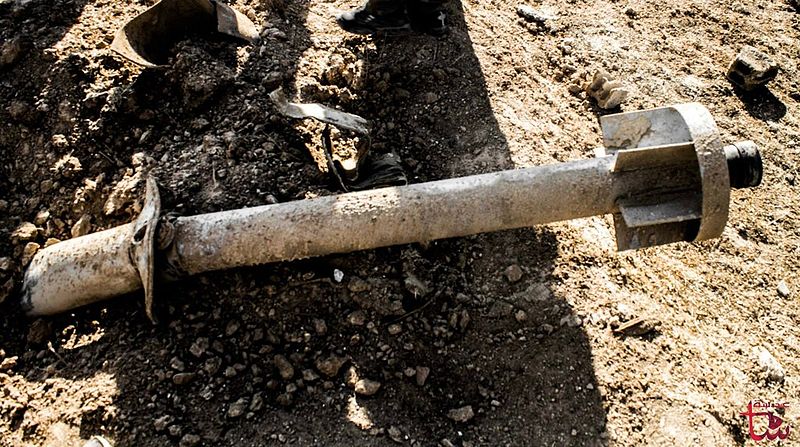How Will Syria Dismantle Its Chemical Weapons?

The U.S. and Russia reached a deal Saturday to dispose of Syria’s chemical weapon supply by mid-2014.
While military conflict appears to have been avoided, the shaky compromise has nonetheless brought on a host of other problems, such as the reliability of Syria to relinquish its stockpile and whether the weapons can be removed safely.
A recent French intelligence document reported Syria is currently stockpiling several hundred tons of Sarin, VX and sulfur mustard in the city of Damascus. Even if Syria were to deliver a comprehensive report on its chemical weapons, the government's repeated denial of its use of the weapons has led to a sense of international distrust.
UN inspectors confirmed Monday that chemical weapons were used in Syria on August 21. The report did not, however, state whether the Syrian rebels or Assad's regime were responsible.
Lessons from Iraq and Libya may have served as a warning to the U.S. in trusting President Assad's promise to rid his country of chemical weapons. In those cases, Saddam Hussein and Muammar Gaddafi initially acquiesced to demands that they destroy their weapons but secretly hid them in the vast desert controlled by their countries, out of sight from inspectors.
Assuming that Assad and Syria are at least relatively truthful, the next question lies in the actual disposing of the chemicals as well as the munitions used to deploy them. There are a variety of methods that have been devised to destroy chemical weapons, but they are either costly or dangerous. All are time-consuming.
Without knowing the specifics of Syria's chemical weapons operation, it is impossible to know exactly how to dismantle the country's supply. Incineration, neutralization and explosive destructive systems are the three most popular options to remove Syria's chemical weapons.
These options have worked well in developed nations, including the U.S. and Russia, but are lengthy and require the construction of advanced and expensive facilities that will be difficult for Syria to build.
Although the U.S. has destroyed about 90 percent of its 31,500 tons of chemicals weapons, the process was begun in the early 1990s at the cost of $35 billion.
Even if the Syrian regime complies and creates chemical weapon removal sites, the worry remains for the safety of chemical weapons inspectors, who may face the same government resistance that past inspectors have faced from Gaddafi and Hussein, and will also have to contend with an active military conflict.
Both the rebels and the regime will likely have to provide an assurance that there will be a ceasefire in areas where weapons inspectors are operating but such an accord is difficult to guarantee, only adding to the already burdensome process. In doing so, the question lies in whether both parties may be forced to trust not only the inspectors, but each other - a scenario that is currently looking difficult and unlikely.
Finally, even if all the above conditions are met, there is still the overarching problem of a sense of accountability for the Syrian regime. Only a little over a year ago, President Obama set a red line on the use of chemical weapons in war, and though he has since downplayed his own conviction, it would appear that the Syrian government is escaping with much less of a punishment than originally promised.
What message will this send to other adversaries abroad? Will it be an indication of more isolationist behavior or a mere glitch in America's attempt to stake a claim in international affairs?
News coverage of chemical weapons has recently overshadowed the civil war that continues to rage in the country. About 1,500 people have been killed by the chemical attacks, and more than 100,000 have died in the conflict that has continued for more than two and a half years. Hundred of thousands more have been displaced.
The international agreement, also known as the Framework for Elimination of Syrian Chemical Weapons, states that initial OPCW inspections of Syrian chemical weapon sites should be done by November, as well as the destruction of mixing and filling equipment.
Syria has until next week to provide a comprehensive list of chemical weapons sites and the size of its stockpiles.
Reach Staff Reporter Cameron Beaulieu here.



